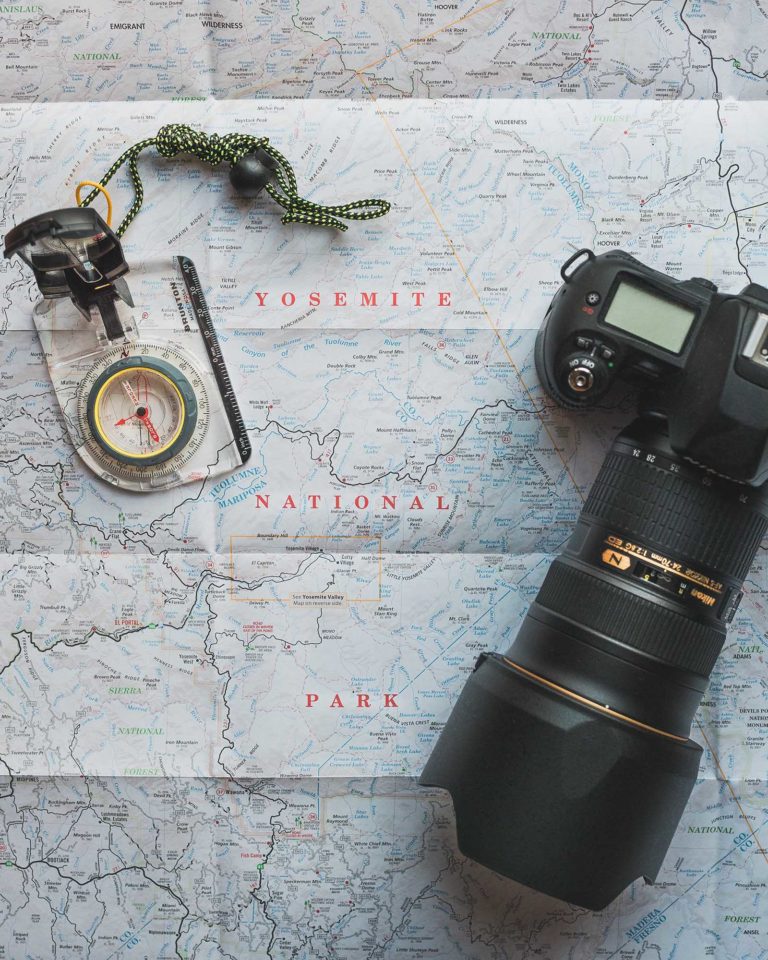Urbex Localities
a How to Guide
Ready to embark on your own
Abandoned Urbex Adventure?

How to Urbex
Ready to embark on your own Abandoned Urbex Adventure?
There are thrills and risks to urban exploration. I love that feeling of adrenaline upon entering a forbidden place few have been.
This guide will help you understand the exhilarating activity of urbex adventure.
What does URBEX even mean?
It is short for Urban Explorer. The exploration of abandoned buildings and urban structures.
A prepared explorer has already followed my urbex gear guide. Having the appropriate clothing and tech gear to document and explore safely and successfully is essential.

The unwritten code of conduct of urbex is to leave the location just as you found it. Don’t steal anything, vandalize, tag or leave your presence there in any way. Take only Photographs leave only Footsteps.
- Always let someone know where you are going. It is always best to bring along a buddy. A lot of abandoned locations are remote and no one will know where to look if you are missing. If you are hurt and have no cell phone service how will you survive?
- Don’t call yourself an urban explorer. You are a photographer, a researcher, a historian or a journalist. If you are worried about getting caught, check out your local and state laws before you go.
- Do your research. Before I head out, I have already researched and scouted my target destination. Know the points of entry, including roads, trails, gates, doors and windows. Check for no trespassing signs, locks, barbed wire and fences. Is there an easy way in that is not marked KEEP OUT or locked. If you are going to penetrate a forbidden location, ask yourself, is it worth it? I do not condone any sort of breaking and entering. It is not worth it. Google maps, satellite and street view are extremely useful for scouting locations. A drone, if you have one, is also a great tool. I use my drone for places that are clearly marked no trespassing. They don’t own the airspace over the property and I am not posting or taking any photos or video of people, thus invading their privacy. An aerial photo of an abandoned building is one step up from a google satellite image. ***** (At one location I flew my drone over the property since it was an active area. I misjudged my presence and parked right next to the property and the fence. All the owner had to do was see where the drone was landing to identify me. I was not doing anything wrong because they do not own the airspace 300 feet over the property and I never stepped foot on the property. I should have parked farther away to avoid being spotted so easily. But needless to say, I found myself be recorded. Nothing ever came of this and the property was eventually sold and demolished. Lesson learned — don’t get caught!)
- Be safe — be aware of your surroundings. There are lots of dangers to an abandoned location. Some of the dangers include guard dogs, security, barbed wire, electric fences, asbestos, mold, gases, unstable structures, hostile squatters and drug needles. Weather conditions also including flooding, rain and exploring in the dark. A lot of abandoned locations are remote with limited access to cell service and help. Don’t Panic. Be bold. Every good explorer has confidence. This will make your exploration a lot more fun and relaxing if you have the courage to act like you belong there. This is your abandoned exploration – OWN IT. If you are stopped or questioned, politely explain that you are there just to take photos and document. That you have not vandalized or destroyed anything. If asked to leave do so without argument or delay. The owner or whomever might even give you a tour if you are nice. If you don’t want to run the risk of trespassing, see if you can locate the owner and simply ask permission. Having permission or a property owner guide might not be the most exhilarating way to explore, but sometimes a high profile location might just be worth it to see legally.
A high profile location will…
- Have a secure presence, including cameras, guards, dogs, fences, walls, no trespassing signs and deterrents such as barb wire and alarms.
- Reasons for this are liability and property protection. A property owner doesn’t want to get sued because you broke your neck trespassing. And number two, no one wants to have their property vandalized.
A low profile location will…
- Have no signs warning against trespassing
- Easy entrance
- No human presence or recent presence
I usually will scout out a place first. I’ll drive the perimeter looking for an easy entrance, activity, security measures, and a human presence. In several instances I have watched kids walk right in. When they don’t get thrown out, I go in too. Sometimes I will fly my drone over a location first to check out the location for any surprises. If you can’t get to the site before you plan on going, check it out on google satellite or google Earth. I find this helpful in discovering paths, roads and points of entry. Do some research on the location. A little bit of time spent on a web search to discover past history, ownership, etc., can be invaluable. Sometimes the property has changed hands and the new owner is a corporation without too much personal interest in the property. Although sometimes a property manager isn’t too far away.
My crew and I Don’t cut locks, climb fences or break into any location. A lot of times the gates will be open already, doors unlocked and trespassing signs non existent. An urbex adventure is exhilarating and awesome and hopefully you will get great photos and video.
Amazon Links
Below are links to Amazon products worth checking out if you need some gear. I personally use the DJI Phantom Advanced and love it. It is an excellent quadcopter for any level; great for a beginner or an advanced pilot. The Canon is a good solid camera for still shots and video and of course Amazon has about any kind of flashlight you could ever want. As an Amazon Associate I earn from qualifying purchases.